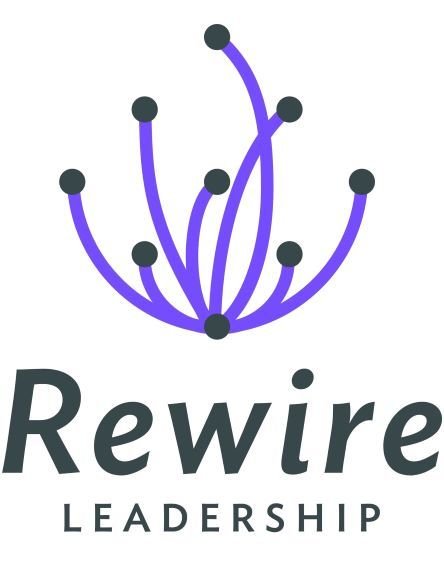Why Resilience Matters
Disruptive change is an ongoing fact of life—be it challenges in health, business, relationships, finances, or any other area. The capacity to metabolize and bounce back from these challenges marks the difference between individuals and organizations that survive and even thrive, and those that do not. The skills required to handle disruptive change skillfully and effectively can be learned.
With this in mind, we created the Resilience Dynamics™ body of work.
The Resilience Dynamics™ body of work rests on three pillars:
1. Stability: the ability to withstand turbulence and still maintain an even keel. Stability is developed by increasing internal capacities to cope with whatever challenges may occur; it enables people to maintain beliefs that they will be able to survive and potentially thrive through any changes.
2. Adaptabilitythe ability to respond flexibly to unforeseen events. Adaptability increases the likelihood of navigating any and all emergent situations successfully; this ability extends to being capable of forecasting future perturbations accurately.
3. Reviability: the ability to rebound from challenges with equal or greater vigor than before the challenge occurred; it relates to the capacity for self-renewal through handling challenges.
4. Read the book, Awakening Joy: 10 Steps to Happiness, and the class practice letters.
There are four phases to work through after experiencing undesired, disruptive change:
Get Started
Develop Your Resources
Take Action
Build Mastery
Individuals and teams are given a road map and guided in a lively exploration that covers a vast territory: assessing and strengthening individual skills, developing networks, changing or refining mindsets, creating an action plan, and utilizing resources.
